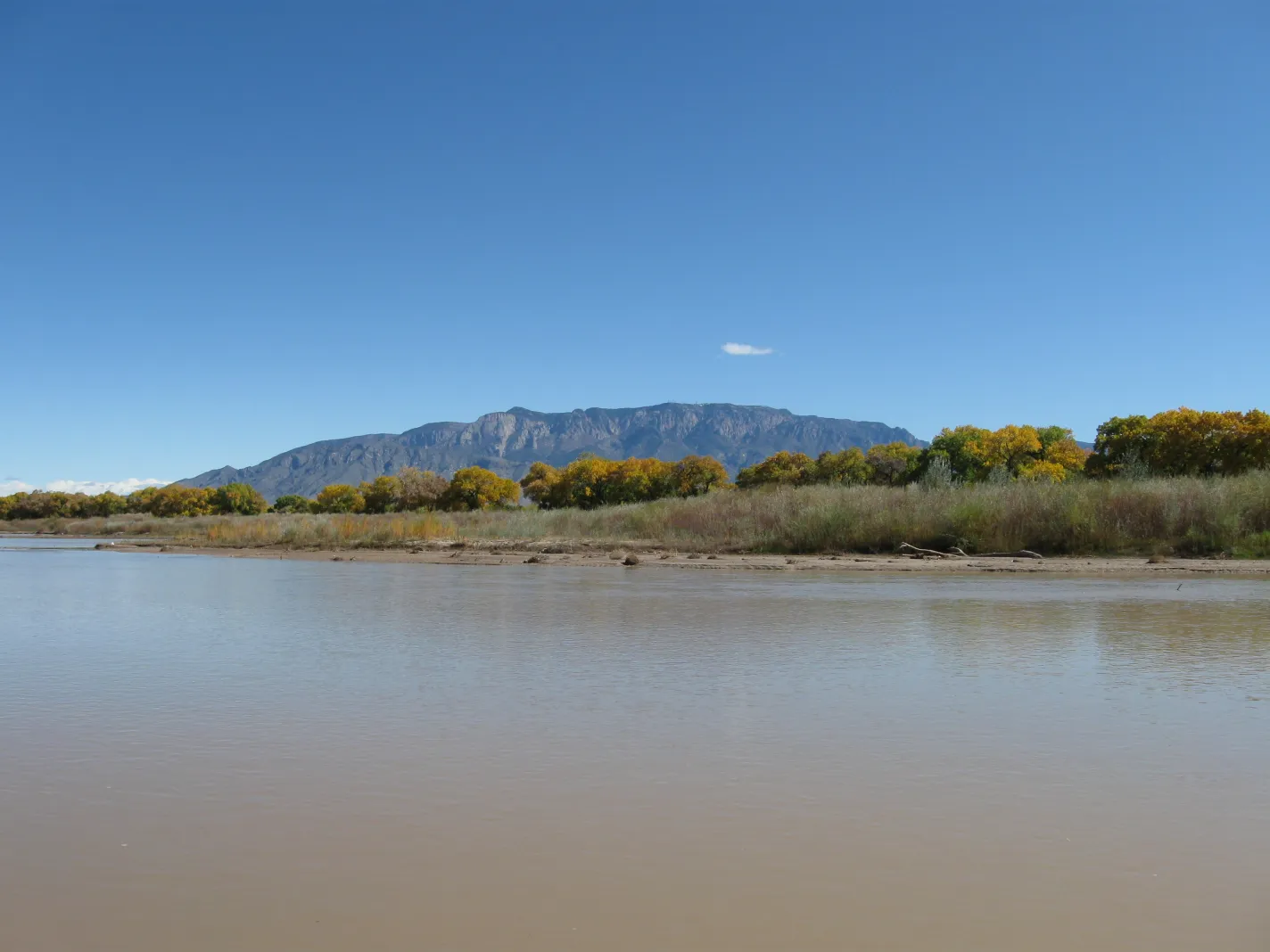Understanding a Watershed
No matter where people live, everyone is part of a watershed. A watershed is defined as “an area where rain, snow and other water is shed from the land into a common waterway such as a stream, river, lake or ocean”.

In the “Understanding a Watershed” unit, teachers introduce the concept of the watershed to the students through the RiverXchange Shower Curtain Watershed Lesson, a hands-on, inquiry-based activity that challenges students to make model of the area they live in. Students explore questions such as “What is a watershed?”, “Where does rainwater go?”, and “How do human activities affect watersheds?”. Teachers work with their students to build a model of their local watershed using a plastic shower curtain, a spray bottle of water, and themselves.
Developing an understanding of a watershed through the context of the local environment is the first step towards building knowledge around water resource issues in our community. The local watershed becomes the container for exploring key aspects of the water cycle, holding conversations on the municipal and commercial uses of water, and gaining awareness of the impact humans have on the health of the Rio Grande and the ecosystem it supports.
- Is every place in the world part of a watershed?
- What are the living and nonliving elements of your watershed?
- Where does the Rio Grande begin and end?
- Where does your community’s stormwater go?
- How can surface water become polluted?
- What actions can all of us take to keep water clean?
5-ESS2-1. Develop a model using an example to describe ways the geosphere, biosphere, hydrosphere and/or atmosphere interact.
5-LS2-1. Develop a model to describe the movement of matter among plants, animals, decomposers, and the environment.
